Please support Game Informer. Print magazine subscriptions are less than $2 per issue
The Early-Generation Games We Think Deserve A Second Chance
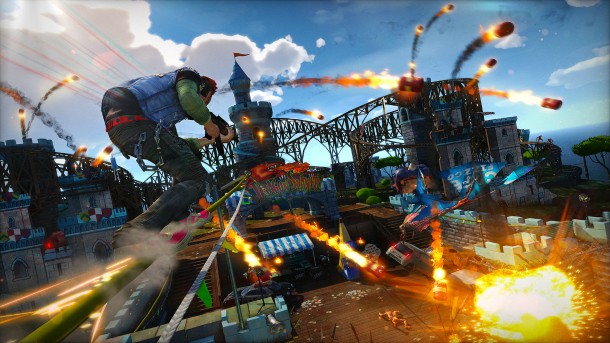
Console launches are typically one of the most exciting times to be a gamer. Earlier in the console cycle, while we waited for the heavy-hitting software like Uncharted 4 and Halo 5, we were eager to pick up anything that showed off the potential of our brand new gaming machines. Adopting a new piece of hardware at launch is always a gamble, especially when the majority of titles that release early in a new generation of consoles tend to underwhelm.
For a developer with an interesting new idea for a franchise, poor sales or middling review scores shouldn’t have to be the end. With the release of the PlayStation 4 and Xbox One far behind us, and E3 approaching quickly, here is a list of a few such games that deserve a sequel or follow-up to win us over.
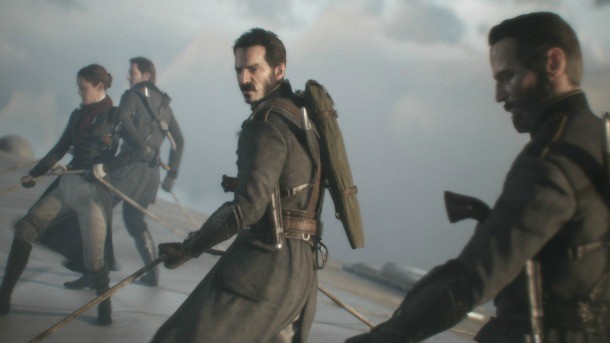
The Order: 1886
Developer: Ready At Dawn
Release Date: Feb 20, 2015
What it Was: Ready at Dawn’s Victorian tale of knights and werewolves failed to deliver for a lot of eager fans. The cutscenes, characters and environment models all looked stunning but the gameplay felt bland and the story left something to be desired. The Order: 1886 showed off the powerhouse performance of the PlayStation 4, presenting one of the most cinematic game experiences seen to date. Unfortunately the big werewolf encounters teased in the atmospheric trailers were too brief, sometimes limited to single button prompts. The game’s length caused a noticeable backlash, when players discovered there were only about five hours of gameplay including the drawn-out cutscenes.
What We Want to See Next: Many gamers were turned off by The Order: 1886’s uninspired gameplay. Aiming to fire while your character was in cover felt stiff, remarkably like a ‘last-gen’ experience. A sequel should look to games like The Last Of Us for inspiration, which managed to mix fast-paced enemy encounters in tight hallways with larger areas that offer an opportunity for exposition and dialogue. The gorgeous cinematics should come back, but include more action-oriented gameplay between them. With deeper shooting mechanics and less quick time encounters, more engaging gameplay would keep players invested in the story as it moves forward.
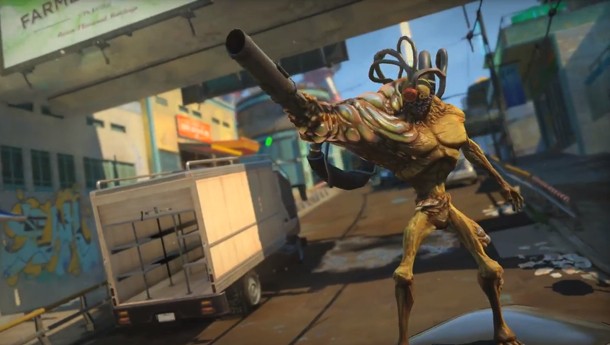
Sunset Overdrive
Developer: Insomniac Games
Release Date: October 28, 2014
What it Was: Sunset Overdrive is easily the most celebrated game to appear on this list. Everything about this game oozed personality, from the goofy character creation options to the colorful cast and meme-filled dialogue. Instead of the melancholy grays and browns of a typical post-apocalyptic city, the landscape featured vibrant orange and gooey greens with fantastic traversal mechanics. There were creative weapons and zombie-like creatures to fight, but they were maniacs addled by a poisonous energy drink rather than scientific horrors. Insomniac Games nailed the game’s controls, as it played like a mix of Jet Set Radio and Gears of War set in a cartoony open world.
What We Want to See Next: Sunset Overdrive didn’t connect with a big audience at launch, but recently received a boost in attention thanks to the Games with Gold program, and that might get gamers who initially missed it to fall in love and put a sequel on their radar. The multiplayer and co-op were fun additions that felt inspired by Borderlands. Branching out the RPG systems present, like looting and weapon crafting could give the game another layer of depth to keep players hooked. Borrowing the raid strike concepts from Destiny and The Division feels like a natural progression if Sunset Overdrive wants to offer more options for players to team up.
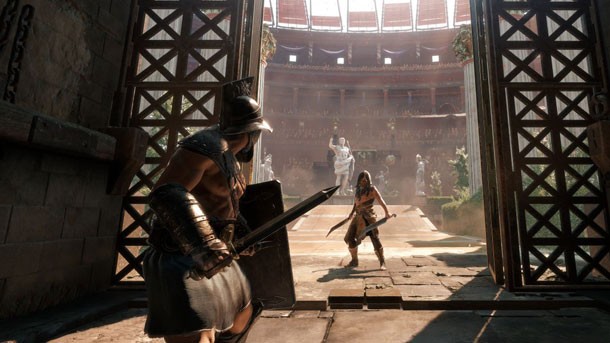
Ryse: Son of Rome
Developer: Crytek
Release Date: November 22, 2013
What it Was: Ryse: Son of Rome tells the story of Marius Titus, a revenge-seeking soldier blazing a warpath through gorgeous battlefields and colosseums. Crytek’s Xbox One launch title was a thoughtful recreation of life in Rome, from the detailed armor, to the way shield-carrying soldiers marched in phalanx formation to defend their captain from a flurry of flaming arrows. Before Microsoft decided to move away from the idea, Ryse was designed as a Kinect-heavy experience from the first-person perspective. The gameplay was conceived around motions that could be physically performed by players commanding in-game soldiers. Many of the combat encounters felt on-rails and clunky, left to play out like glorified quick-time events.
What We Want to See Next: Much like The Order: 1886, Ryse’s problem wasn’t with presentation but rather how the game played. Ryse’s potential was neutered by its inception as an interactive movie, but the finished product ended up being a serviceable third-person action game. Shifting to a more robust hack-and-slash style of faster swordplay would do wonders for this series. Taking down enemy soldiers should feel rewarding rather than cumbersome, and the combo-chain focused frenetic action of games like the Bayonetta and Batman games would work well in these environments. Increasing enemy variation is a must too, as no one wants to beat up the same faceless swordsman over and over again.
Find out what we hope to see in Watch Dogs 2 and other potential sequels on page 2.
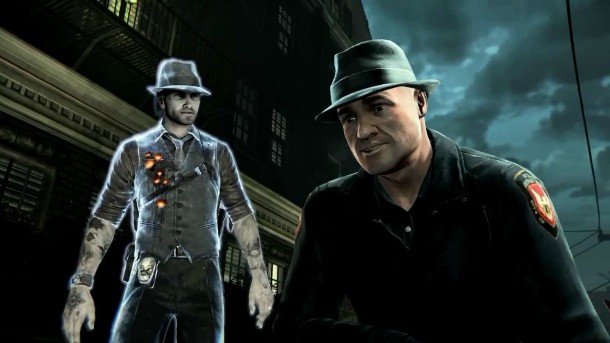
Murdered: Soul Suspect
Developer: Airtight Games
Release Date: June 3, 2015
What it Was: Murdered: Soul Suspect was a unique murder mystery, in that you were trying to find the man who killed you. After an unfortunate turn of events, you control Ronan O’Connor as a ghost on the hunt for a notorious serial killer. The game had a series of twists and turns, with a fair amount of investigation to be done on the player’s part. The supernatural elements present in the game all worked well and the sound design added to the mysterious atmosphere. The problem many had with the game was the forced and awkward detours for attempts at action. Easily the most memorable aspect of the game, though, was the writing, with a creative plot that delivered on its unique premise.
What We Want to See Next: If Airtight decides to revisit this series, they shouldn’t feel forced to pick up with the same cast of characters. The story could benefit from jumping between multiple perspectives and various angles of dramatic tension. The episodic release format also gives time to let the story build in a player’s mind and keep them guessing between installments, while not exhausting the limited gameplay concepts that come with detective work and snooping for clues. Perhaps a sequel could cut the tedious shooting segments and move towards the point-and-click exploration format. The original’s story was the big highlight and as Telltale’s recent success has proven, there is a demand for these kinds of games.

Watch Dogs 2
Developer: Ubisoft Montreal
Release Date: May 27, 2014
What it Was: Nothing describes the excitement surrounding this generation better than the E3 2012 demo of Watch Dogs. Ubisoft dropped a bomb on the gaming world with a stunning demo of open-world gameplay that featured high-speed chases and computer hacking. Delays and downgrades derailed the fervor surrounding the promising new series, but when Watch Dogs finally arrived in 2014, it found a fair deal of both praise and criticism. The plot ended up being a fairly run-of-the-mill revenge story with few charismatic characters. The hacking felt mostly forced in and driving around the open world was fun at first, but there wasn’t much to do except zip around and smash into things for entertainment. For a generation that seems to judge its defining games by how big they can be, Watch Dogs never reached the heights that fans were hoping for.
What We Want to See Next: Watch Dogs 2 is confirmed at this point, and filling that big-name gap this left by Assassin’s Creed taking this year off. The jump between Assassin’s Creed’s first and second games was massive, and the more Watch Dogs 2 draws from that series, the better. Gameplay can be improved by adding more exciting weapons, expanding the map, and finding a more exciting narrative to explore. The colorful locale of San Fransisco and charming protagonist both seem like steps in the right direction for making this sequel more engaging. Well-written sidequests with interesting characters make an open world feel alive, and give players a reason to keep coming back. Watch Dogs 2 also needs to establish the series’ identity, so we should see more hacking mini-games and fun twists with futuristic tech.
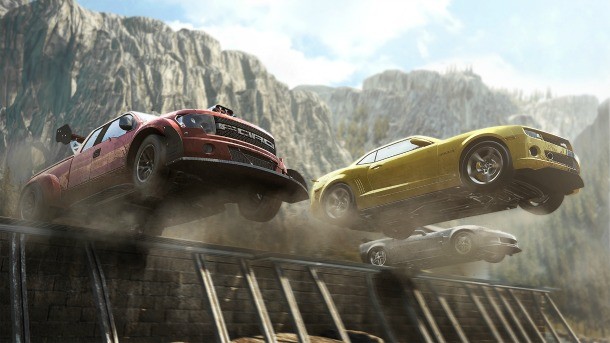
The Crew
Developer: Ivory Tower
Release Date: December 2, 2014
What it Was: The Crew was a bold new racing game with lofty aspirations. For a genre that has remained dominated by its biggest names (Forza, Need for Speed, Gran Turismo) for years, it was promising to see a game like The Crew come into play with a wealth of fresh ideas. One of the main selling points for this game was its size. It promised a fully fleshed out map of the United States that players could traverse at their leisure, and even drive from coast to coast uninterrupted. That angle of the game earned The Crew enough buzz, especially with the included multiplayer options. There were unique RPG elements present, as a clan of racers could gather to roam the country, searching for experience points and customizable car parts.
What We Want to See Next: The novelty of The Crew’s big idea was lost when players realized that America is actually pretty large and can be boring at times. You could drive continuously for hours at a time, but would you want to? Imagine what it would be like if The Crew shrunk its map a bit and delivered a fully fleshed out adventure. Countries like Japan or Italy might make for an interesting and more diverse map to explore, and chasing down gangsters or mafia members could amp up the excitement. The racing should stay fast and responsive, but there should be opportunities to slow down and explore detailed environments. The Crew hits Xbox One’s Games with Gold this month and if players receive it well, we may just see the concepts of the first game return sometime soon.
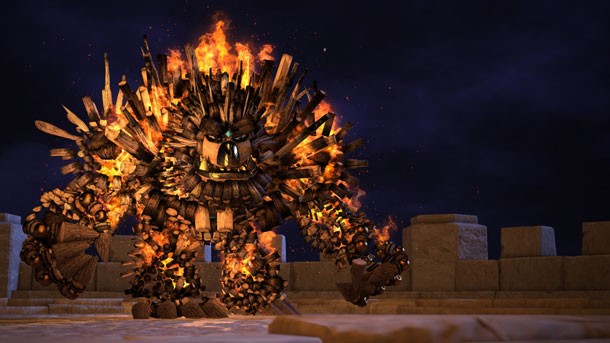
Knack
Developer: SCE Japan Studio
Release Date: November 13, 2014
What it Was: One of the more controversial PlayStation 4 launch titles was this blend of platforming and action from the mind of Mark Cerny, whose previous work includes games like Crash Bandicoot and Spyro the Dragon. Right off the bat, Knack didn’t do any favors in the realm of hand-holding with a tutorial sequence forced players to figure out the fighting mechanics and combo moves on their own. Critical reception was mixed at best, but some players really appreciated the thoroughly challenging combat sequences in Knack.
What We Want to See Next: The platforming genre is going through an identity crisis at the moment. Indie titles are seemingly taking over the genre, as high profile releases are becoming more and more rare. While Rayman and Mario are taking time off between games, there aren’t many options available for a casual gamer looking to pick up a platforming adventure. The Assassin’s Creed and Uncharted franchises feature segments of 3D platforming and climbing, but lack the cartoony joys of a 2D platformer. With a larger focus on creating unique level layouts, a sequel to Knack might scratch that itch. The first game almost blended the camera styles of both platforming breeds seamlessly, so the groundwork is there to build an even better follow-up.
What do you think of our list? Would you return to any of these games? Did we leave your favorite off the list? Sound off below!










